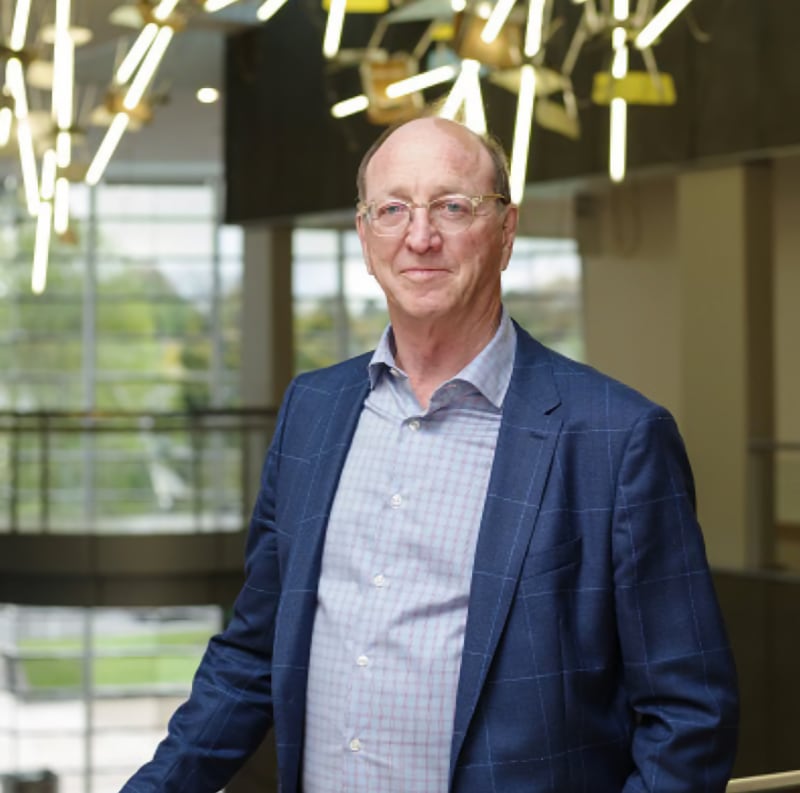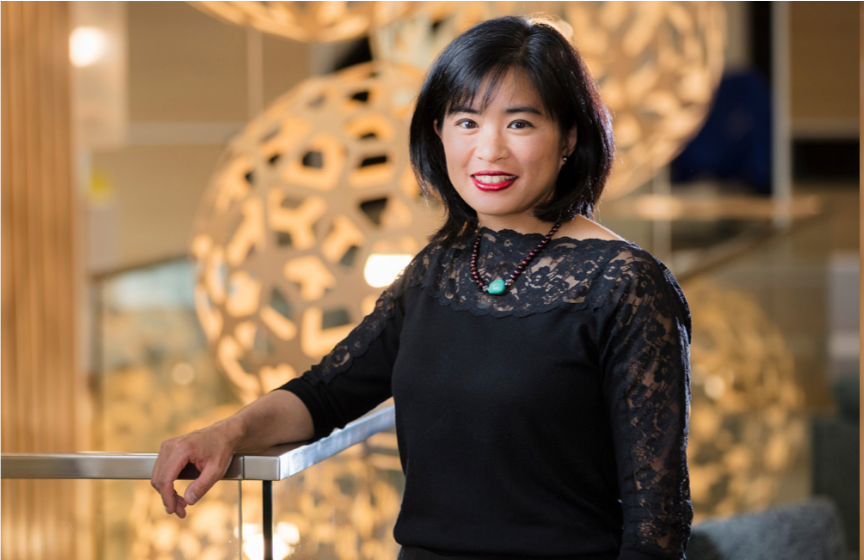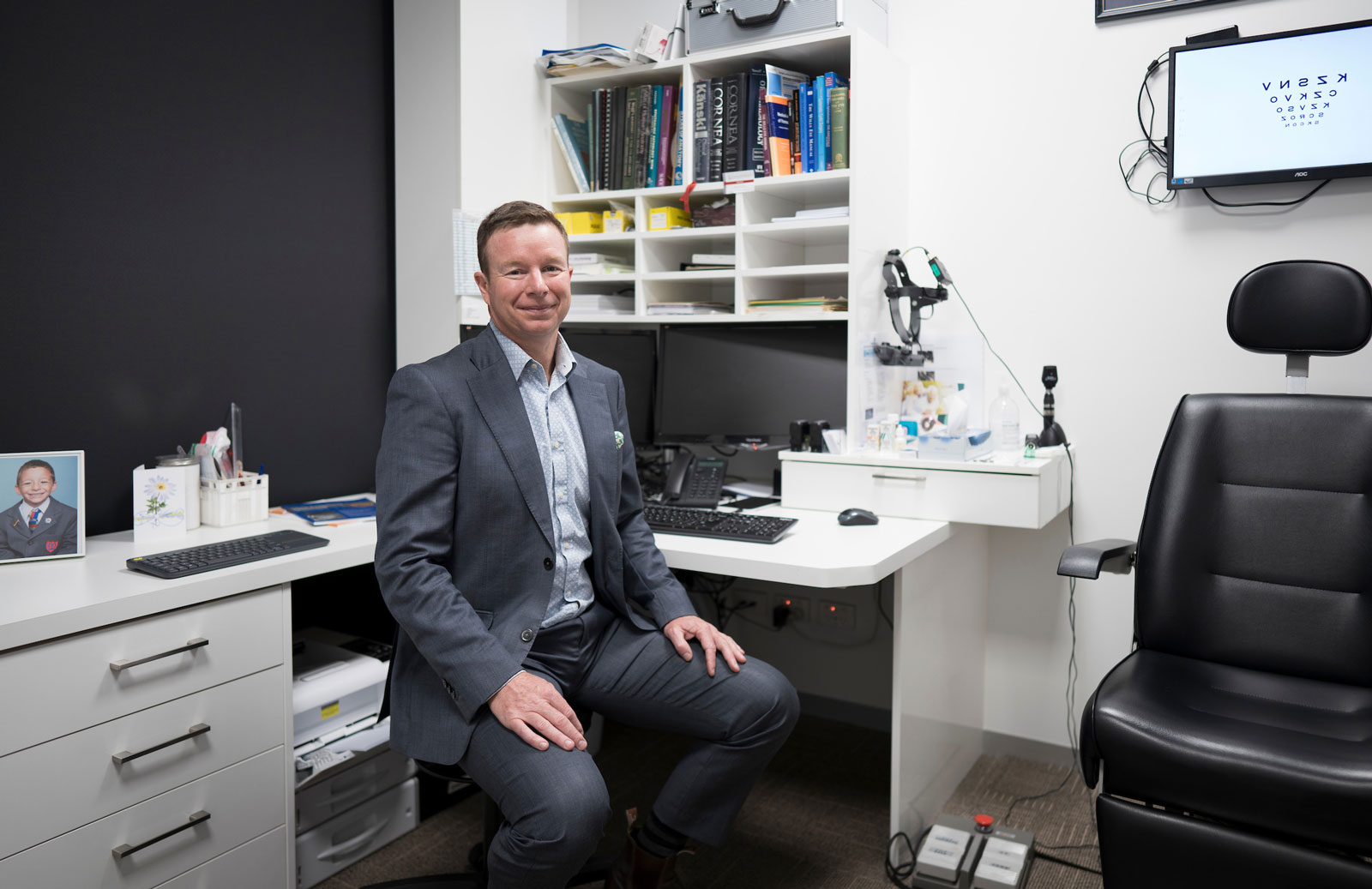Dr Jim Borthwick
Study and surgery
of the retina and
macula, cataract surgery
MB ChB, FRANZCO
Fellow and Council Member of the
Royal Australian and New Zealand
College of Ophthalmologists,
Former Chair of RANZCO branch
Phone 03 281 8357
Dr Jim Borthwick has been delivering specialist expertise in Christchurch as a consultant ophthalmologist since 1992. For fifteen years he was the only vitreoretinal surgeon in the South Island.
Jim now specialises in advanced vitreoretinal surgery, medical conditions of the retina and refractive cataract surgery. He has particular interest and experience in cataract surgery, including correction of astigmatism and using multifocal lenses for distance and reading vision. Another specialist interest is in the management of macular degeneration and other retinal conditions.
He has extensive experience in the use of intravitreal anti-VEGF injections, including Avastin, Eylea and Lucentis, and is the only provider of Visudyne photodynamic therapy and nanosecond laser in the South Island. Jim also conducts international clinical trials in retinal research for macular degeneration here at Southern Eye Specialists.
The point of view
Jim Borthwick has been at the vanguard of eye surgery in the South Island for decades now, starting Southern Eye Specialists back in 1994 and helping to take the clinic to where it is today. We sat down to talk technological advances, quality of life, science, scepticism and how art can be loved by anyone (but not necessarily made by everyone).
Over the course of three decades Jim Borthwick’s work has been responsible for saving thousands of New Zealanders from going blind. In that time the busy eye doctor has seen a considerable change in the style of treatment and the type of results.
His work today specialises in retinal surgery and medical retinal problems and cataract surgery. Injections in the eye are one of the most common medical procedures in New Zealand, with approximately 7,000 undertaken annually in Christchurch alone.
“The driver’s license test is the big one. People are unaware how bad their eyesight is until it’s actually put to the test.”
One of the founding partners of Southern Eye Specialists, Jim has been kept busy in the Garden City – particularly as for fifteen years he was the only vitreoretinal surgeon in the South Island.
“We created the business in the early nineties and grew, from two doctors and two staff when we started to now, where SES has nine eye doctors and close to thirty staff.”

“Nowadays there’s so much more we can do to extend the quality of life for our patients. This isn’t a short-term thing either – we’re talking ten, fifteen years in which they can live full and active lives.”
Getting some people through the door in the first place can be difficult however. Often it can come as a surprise to patients who have learned to adapt or ignore ongoing issues with their vision.
“The driver’s license test is the big one. People are unaware how bad their eyesight is until it’s actually put to the test,” says Jim. “Other times it’s the newspaper – they’re struggling to read and it’s getting more and more frustrating each day.”
Once patients arrive at the clinic there’s a wide range of technologies, treatments and clinical expertise awaiting them.
“We have been lucky in New Zealand with the availability of the drugs used for these treatments, and there is a vast amount of research being undertaken internationally,” says Jim. “A myriad of opportunities have arisen from the States with new approaches being tested all the time. Of course, these things take time but it’s positive to see what’s coming.”
“I see such a vast array of people, and some I’ve been seeing for 28 years now. In that time you get to make a big impact in their lives.”
While the technology has helped improve lives immeasurably much of his work involves ongoing procedures to ensure a patient’s vision can continue.
“It’s a treatment, not a cure,” he adds. “I’ve given one patient 92 injections since they were first diagnosed in 2007.”
Such long-standing relationships are a special part of the job and, not surprisingly, a high level of job satisfaction endures. Ask him what he likes most about the work and the answer is immediate.
“The best thing is the patients,” he says. “I see such a vast array of people, and some I’ve been seeing for 28 years now. In that time you get to make a big impact in their lives.”
There are new challenges each day. Despite the big gains in technology and the subsequent proof in results some people continue to look elsewhere for answers. Alternative treatments are gaining traction and social media now often acts as an amplifier for fringe theories and dubious beliefs.
It would be expected that such an experienced ophthalmologist would react cynically or irritably to such incidents. However Jim is more circumspect in his approach.
“First and foremost, I’m a scientist,” he says. “This means testing and re-testing, checking and checking and checking until it can be proven that a particular drug, treatment or technology is effective.”
“People have different ideas and, provided any approach is not doing specific harm, who am I to tell them otherwise?” he says. “Nothing is immutable and the medical field is constantly changing.”
“Who knows, it (a herbal alternate) may actually be helpful. But we need scientific method to prove it.”
Previously the Chair of the New Zealand branch of RANZCO, Jim now has a new governance role to roll the sleeves up at, and it’s certainly one he’s wholeheartedly enjoying.
As a board member of the Christchurch Art Gallery Foundation he gets to help ‘inspire through creativity’ in Otautahi. The foundation’s work is focused on two key approaches.
“First, Christchurch is encouraging and supporting local artists to create bold new artworks. Then, while this is going on, we’re also creating a fund that will be self- sustaining to allow the gallery to invest in major pieces of art for our city.”
“I’m a scientist. Artists, their brains work differently than mine – and it’s just so enjoyable to be a part of that.”
Born and raised in Christchurch, and an art lover since childhood, it’s no wonder his eyes light up when the topic turns to this work.
“Art is a passion of mine. As a kid I went to the Robert McDougall Art Gallery and the gallery we have today is a wonderful building,” he says. “Now I really love both sides of this work.
First there’s the fundraising side, which is obviously important, and then there’s being involved with people who think differently from you – and it’s just so enjoyable to be part of that.”
Asked if it wasn’t for the medical career would he have been an artist and there’s an emphatic response.
“No,” he laughs. “I’m a scientist. Artists, their brains work differently than mine. In science we have a constant focus on accuracy and precision and honing in on one specifific area. This is totally different in art.”
“You don’t just one day decide you’re going to be a great artist and go off and train to be one. Some part of it has to come from within you. The skill to look at something so differently, to find inspiration where others can’t, that’s inherent in them. So, anyway… the answer’s no for me!”
Science is, according to Jim, “getting things right” and art is “giving things that are then interpreted”. The Southern Eye team and his patients are happy that, while he’s made time for both, his work at the clinic focuses unerringly on the science.

